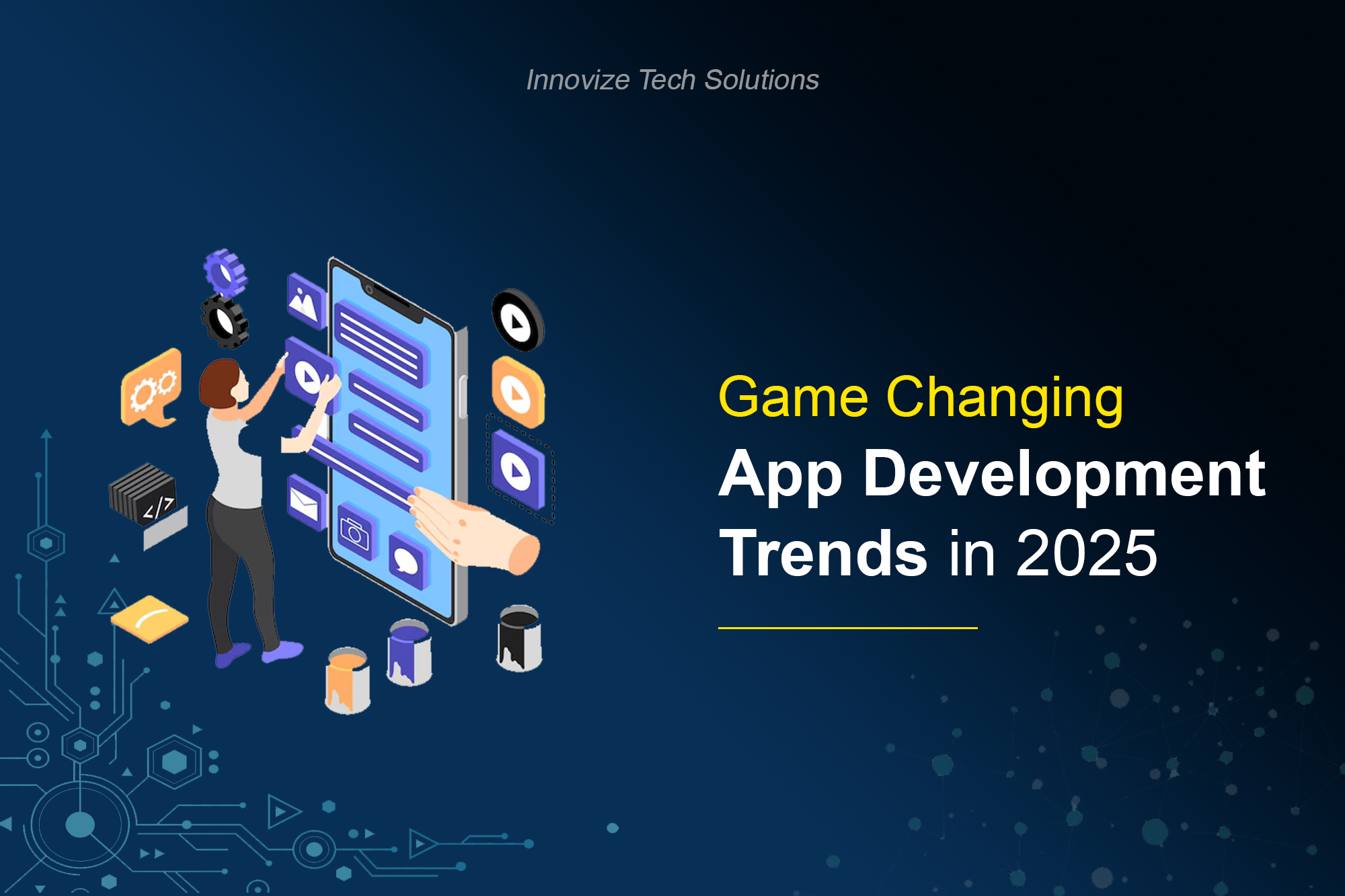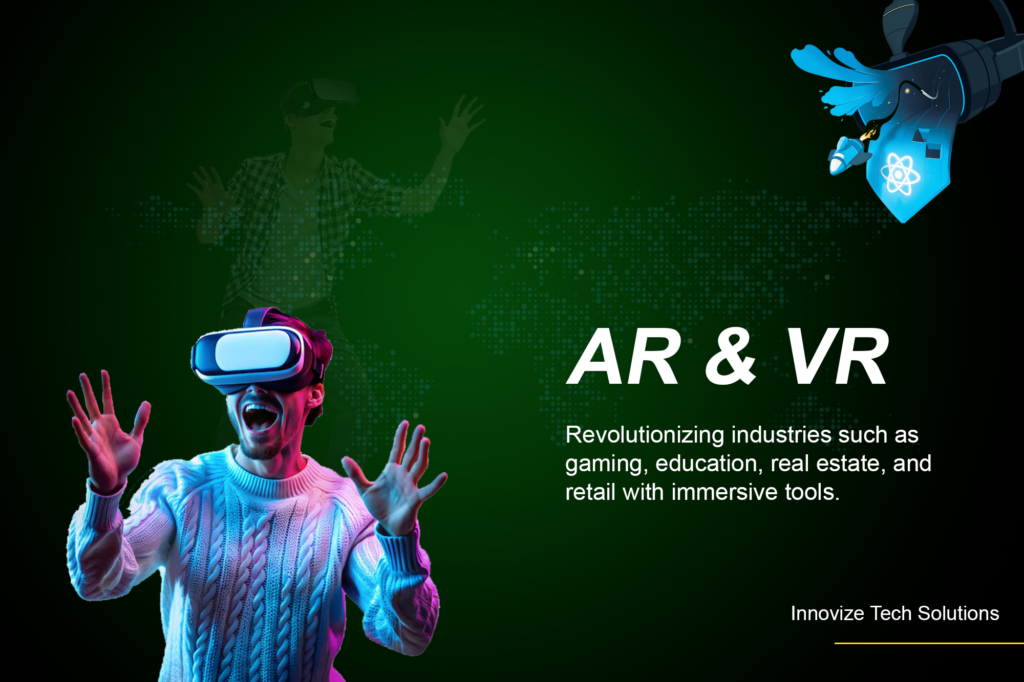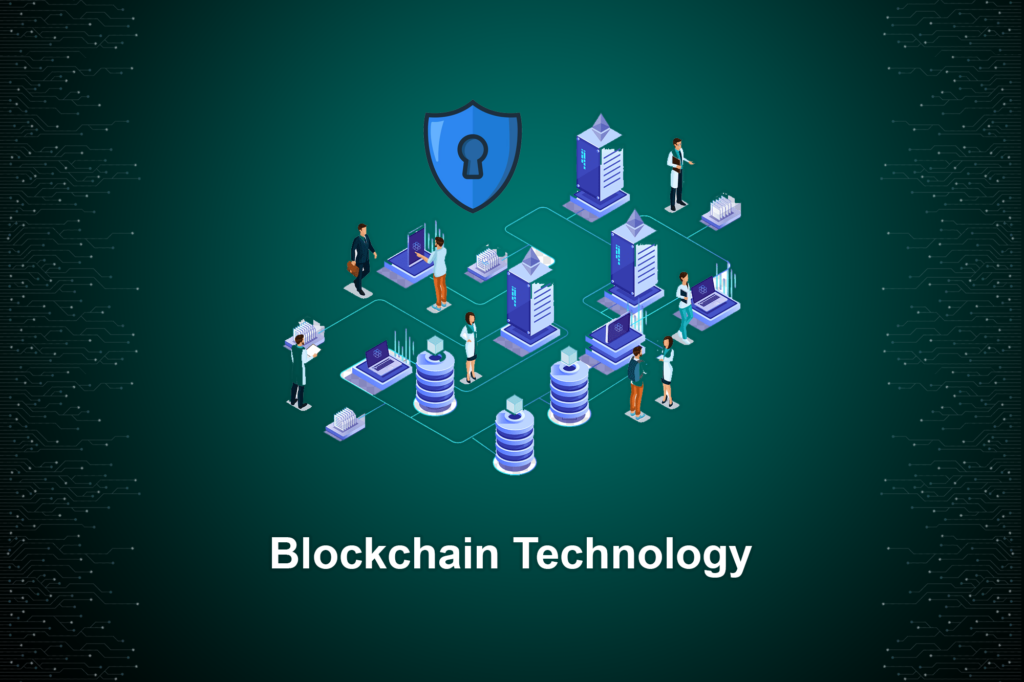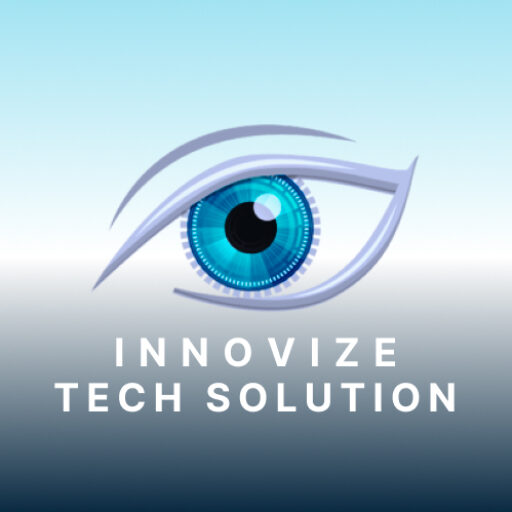
Top Mobile App Development Trends to Follow in the Digital Age
The digital age is evolving rapidly, with technology revolutionizing the way we interact, work, and live. Mobile applications have become an indispensable part of this transformation, serving as tools for businesses and individuals to enhance productivity, communication, and entertainment. To thrive in today’s rapidly changing market, it’s crucial for businesses and developers to embrace emerging technologies that shape the mobile app industry.
5G Technology Revolutionizing Mobile Apps
- Offers significantly faster speeds, setting a new benchmark for data transfer.
- Enables seamless streaming and quicker downloads.
- Facilitates advanced features like AR, VR, and IoT.
- Reduces latency for enhanced user experiences.
Transforming Applications with AI and ML
- Personalized recommendations and voice assistants.
- Predictive analytics to enhance user engagement.
- AI-powered fraud detection and data security.
- Smarter apps that learn from user behavior over time.

Revolutionizing Experiences with AR and VR
- Revolutionizing industries such as gaming, education, real estate, and retail with immersive tools.
- Apps like IKEA Place use AR for visualization.
- VR-based education apps create interactive learning.
- Growing accessibility of AR and VR hardware.
Rise of Internet of Things (IoT) Apps
- Enables communication between connected devices.
- Central role of mobile apps in controlling IoT devices.
- Growing demand for user-friendly IoT interfaces.
- Applications in smart homes, wearables, and industrial systems.
Blockchain Technology for Enhanced Security
- Ensures data transparency and security.
- Ideal for financial, healthcare, and supply chain apps.
- Provides secure payment gateways and data protection.
- Addresses growing concerns over data privacy.

Progressive Web Apps (PWAs) Gaining Momentum
- Bridges the gap between apps and websites.
- Lightweight, fast, and cost-effective.
- Eliminates the need for downloading.
- Provides offline functionality for better engagement.
Focus on Cross-Platform Development
- Development frameworks like Flutter, React Native, and Xamarin provide streamlined solutions.
- Single codebase for multiple platforms.
- Reduces development time and costs.
- Ensures consistent user experiences across platforms.

Emphasis on App Security
- Integration of two-factor and biometric authentication.
- End-to-end encryption for data protection.
- Adoption of Secure Software Development Lifecycle (SDLC).
- Regular security audits to mitigate vulnerabilities.
Mobile Commerce (M-commerce) Apps
- Features secure payment gateways.
- Personalized shopping experiences.
- Seamless incorporation of digital payment solutions such as Apple Pay and Google Pay.
- Simplifies navigation for enhanced user satisfaction.
Wearable App Integration
- Tailored apps for wearable devices such as smartwatches, fitness trackers, and AR glasses, addressing diverse user needs.
- Focus on health monitoring and fitness tracking.
- Real-time data synchronization with smartphones.
- Enhanced functionality with advancements in wearable tech.
Voice-Enabled Apps
- Interactive voice functionalities driven by assistants like Siri, Alexa, and Google Assistant.
- Enhances accessibility for users with disabilities.
- Provides convenience through voice recognition technology.
- Improves user engagement and functionality.
On-Demand Apps
- Revolutionizing industries like food delivery and transportation.
- Catering to users’ immediate needs.
- Examples include Uber, Zomato, and UrbanClap.
- Opportunities for innovation in the on-demand market.
Conclusion
The ever-changing mobile app development landscape demands continuous adaptation to align with advancing technologies and shifting user expectations. Embracing these trends—from 5G and AI to blockchain and wearable integration—is crucial for businesses and developers aiming to stay relevant and competitive. By staying ahead of the curve and leveraging these trends, businesses can create apps that not only meet user needs but also set new standards in functionality and innovation. The digital age demands agility, creativity, and a forward-thinking approach, making it an exciting time for mobile app development.
